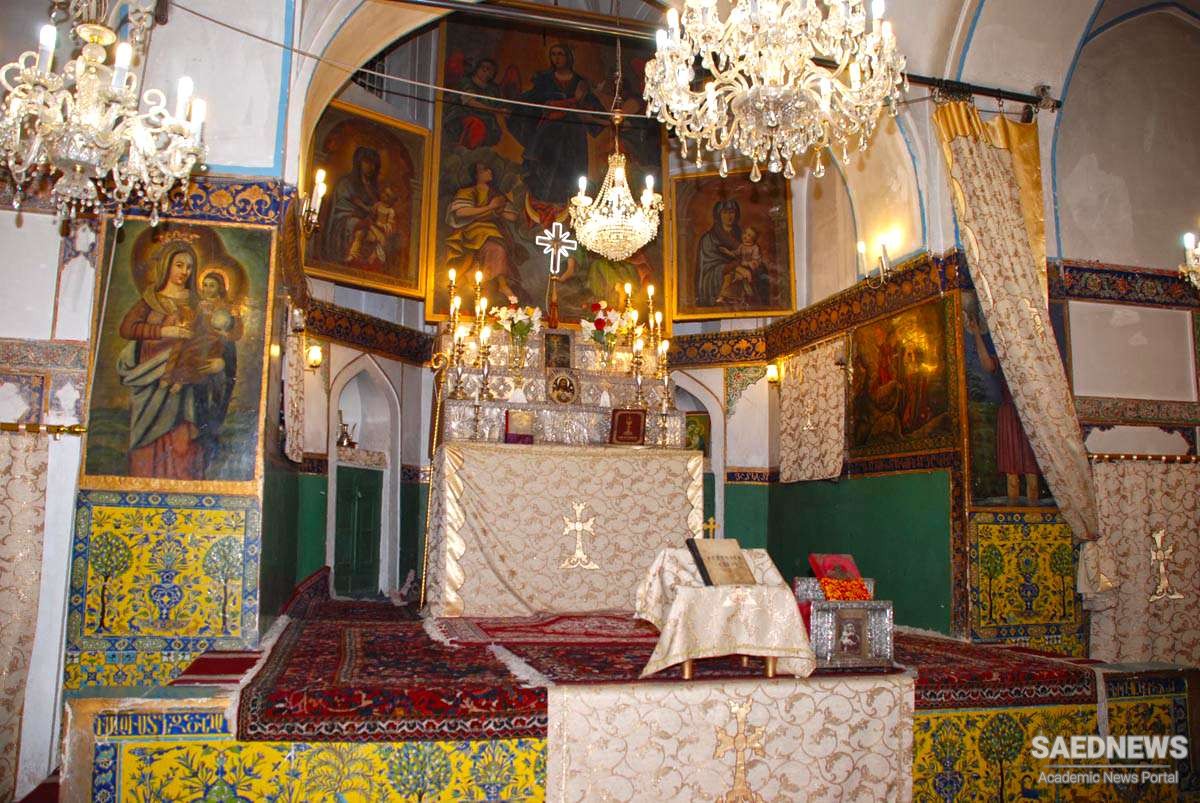The Shah relied on them for assessing the value of the jewels he wished to purchase, and sold his own jewels through their intermediary. Their travels abroad made them the principal distributors of imported merchandise in Iran. They introduced new goods and new fashions into the country such as cloth-stockings, card games, bowling, and tennis. The most coveted imported items appear to have been watches, which the Armenians took to the court to bribe senior government dignitaries. They also established the first printing house in the country and brought the first turkeys to Iran.
The prerogatives they had obtained from the Safavid monarchs and their trading skills had enabled the Armenians to monopolize the Western foreign trade of Iran after the 16 th century. As could be expected, they were the principal intermediaries for the commerce between the Ottoman Empire and Iran. During the reign of Shah Abbas I, the Portuguese had thwarted the Iranians’ use of the maritime routes. The Armenians were able to negotiate the passage of Iranian merchants through the Ottoman territories, despite the uneasy relations between Iran and the Ottoman Empire. The large Armenian population in the Ottoman Empire was definitely an asset to them in such negotiations. The Ottoman Armenians were themselves much involved in trade and played a major role in the silk weaving industry of the empire. Their connections in the Ottoman Empire enabled the Armenians to avoid the use of European vessels, when the English, Dutch or Portuguese companies refused to agree to their terms.676 The Ottomans benefited from the Armenians’ conduct of trade from Iran, as the transit of the silk through the Ottoman lands to Europe generated a considerable revenue for the Sublime Porte.
The geographical position of Armenia had also made the Armenians trade intermediaries between Iran and Russia since the 16th century. After their deportation to Iran they maintained their privileged position between both kingdoms. During the reign of Shah Abbas I, they played an active role in the economy of Astrakhan. In 1660, ten Armenians were sent from Isfahan to the Russian court, and in 1666 this number had quadrupled. These merchants attended the Russian court in order to negotiate commercial settlements. Thereafter, other commercial treaties were signed between Russia and New Julfa. During these accords, the kalantar (governor) of New Julfa virtually acted as a head of state. At the close of the 17th century, Peter the Great (1682-1725) was determined to modernize Russia. He appealed to the Armenians who had begun emigrating from Iran, and granted them privileges which he refused to other Iranian merchants. Thus, he wished to regain control over the Russian economy, as its foreign trade was run by Western European companies.


 Financial Supremacy of Jews in Safavid Persia and Local Conflicts
Financial Supremacy of Jews in Safavid Persia and Local Conflicts














































